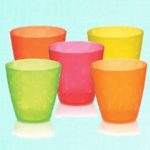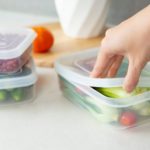With a myriad of cup options available in the market today, made from various materials, consumers may feel overwhelmed when it comes to making a choice. Many people select cups based on their personal preferences without realizing that the cup’s material can impact water quality.
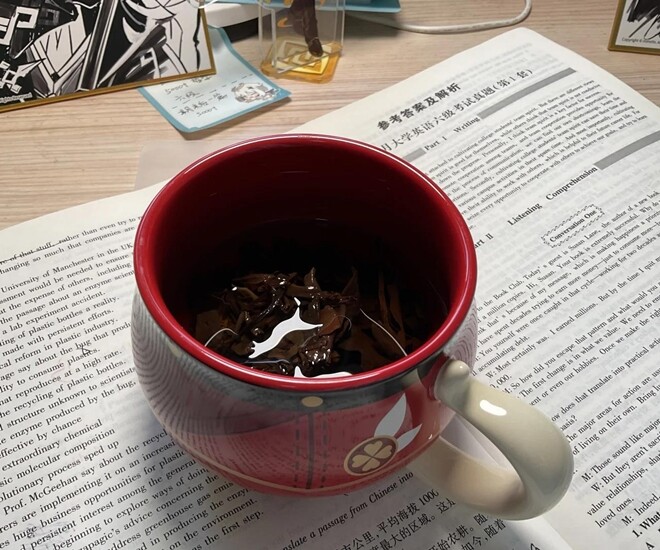
Notably, some cups may pose potential safety risks when used with hot beverages. Among them, four types of cups have been blacklisted, and it is advisable not to use them to ensure your well-being.
1. Colorful Porcelain Cups
Porcelain is considered a safe material by many households; however, not all porcelain cups are created equal. Brightly colored porcelain cups are now widely available in the market, but consumers should exercise caution as they may contain harmful substances.
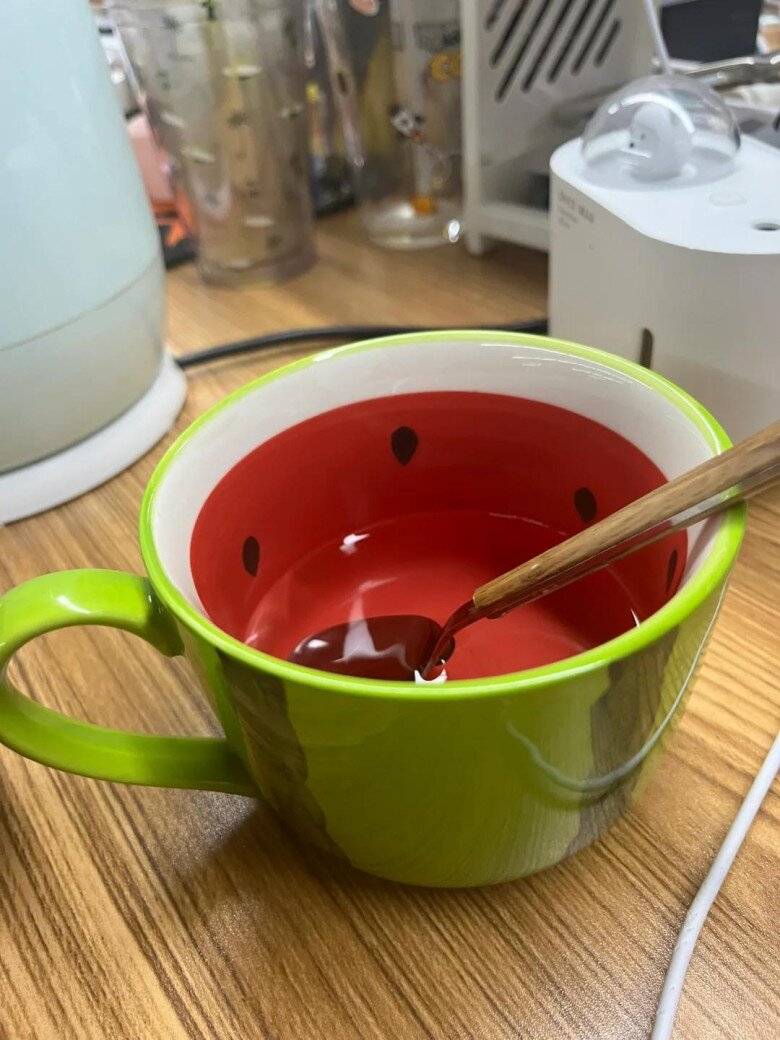
Porcelain cups can be categorized into two types: over-glazed enamel, which refers to the coating on the surface of the porcelain, and under-glazed enamel, where the patterns are embedded beneath the glaze.
The former, or raised glaze porcelain, is typically unstable and not recommended for food contact. This is especially true for drinking hot liquids, as the colors may become unstable, leading to the possibility of the dyes dissolving into the water.
Many of these dyes contain heavy metals, which can accumulate in the body over time, increasing the burden on the liver and potentially causing health issues. Therefore, when choosing porcelain cups, consumers should pay attention to the colors and texture of the product. If the cup has extremely vivid colors and a rough surface, it is likely made of raised glaze porcelain and should be used for decorative purposes only.
2. Large-bellied Water Bottles
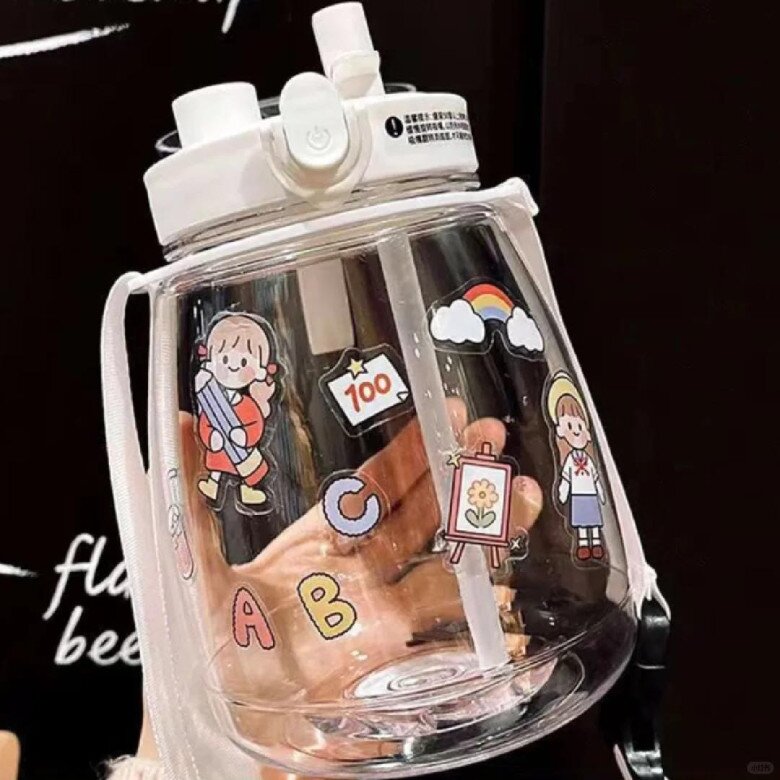
Large-bellied water bottles have become a popular choice, especially among young people and office workers, due to their aesthetic design and large capacity. However, it is important to note that these bottles are only suitable for cold water.
This is because the bottles are made of PC material, which has a low heat resistance of only up to 135 degrees Celsius. When the temperature exceeds this limit, Bisphenol A (BPA) present in the bottle can be released into the water, creating an unsafe “plastic water” situation. As many parents use these bottles for their children, it is crucial to exercise caution and refrain from pouring hot water into them.
3. Colored Glass Cups
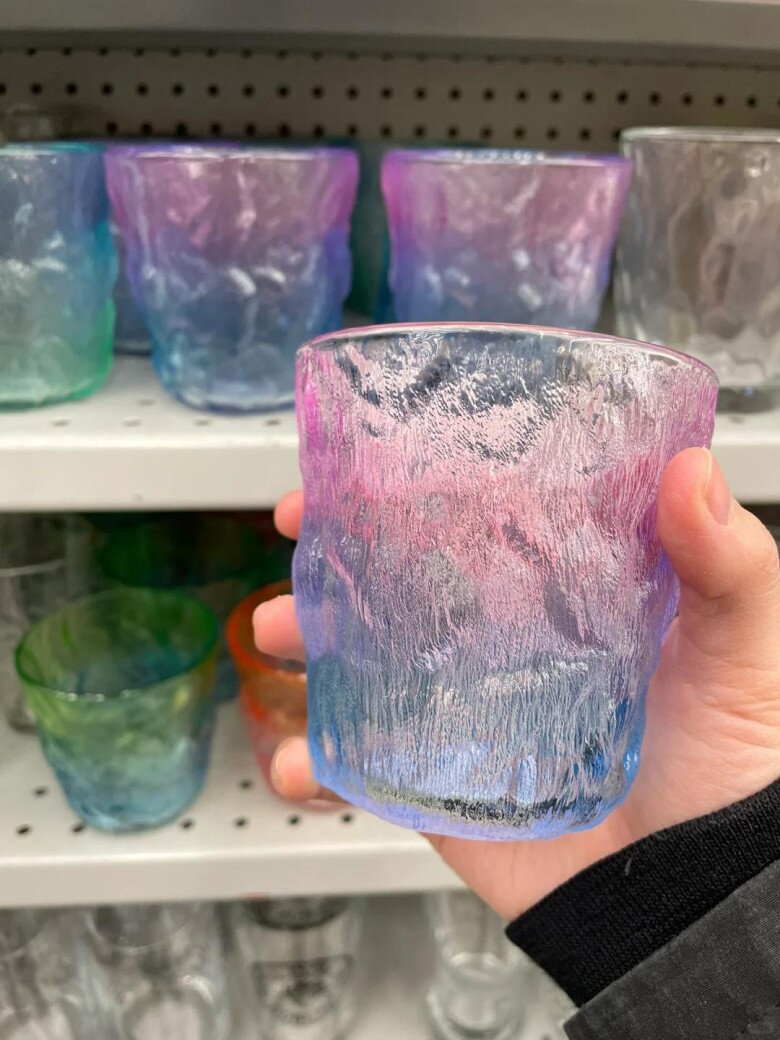
While colored glass cups may be aesthetically pleasing, consumers should exercise caution when choosing this option. The colors on these cups are typically achieved through electroplating, resulting in unstable and easily detachable colors.
When using a dishwasher, the colors may quickly fade. Additionally, when used with hot beverages, there is a high risk of the dyes dissolving into the water, which can impact your health and increase the burden on your body’s metabolism. Therefore, to safeguard your health, it is advisable to refrain from purchasing and using colored glass cups.
4. Lead-containing Glass Cups
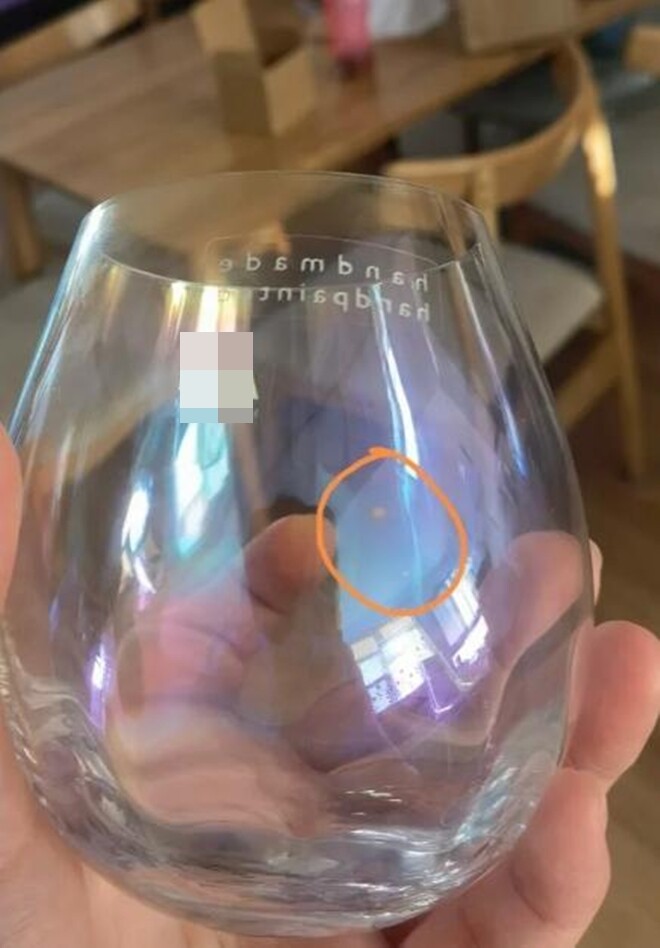
Recently, many consumers have opted for glass cups, which come in various types, such as borosilicate glass and crystal glass. While these glass types are considered superior to traditional glass, some cups may contain lead, which can be hazardous to health.
Lead-containing glass cups are not always safe. With frequent use for hot beverages, lead can dissolve into the water, leading to the migration of toxic substances. Lead exposure can cause a range of health issues, particularly in children and the elderly. Children may experience hyperactivity and difficulty concentrating, while the elderly may suffer from weakened immune systems and increased susceptibility to infections.
When purchasing glass cups, consumers should carefully inspect them. Hold the cup up to the light to observe; if you notice colorful sparkling lights on the surface, it is likely a lead-containing cup. Additionally, these cups tend to be heavier and more attractive due to the presence of lead, but this should not be a deciding factor in your choice.
The 6 Best Food Savers for Every Household
If you’re in the market for essential kitchenware and food storage solutions for your newly renovated kitchen, look no further! This comprehensive buying guide will equip you with expert recommendations and the knowledge to make informed purchase decisions. Explore a curated selection of kitchenware, carefully chosen for their functionality, durability, and style, ensuring your kitchen becomes the heart of your home, where culinary creations come to life.


























